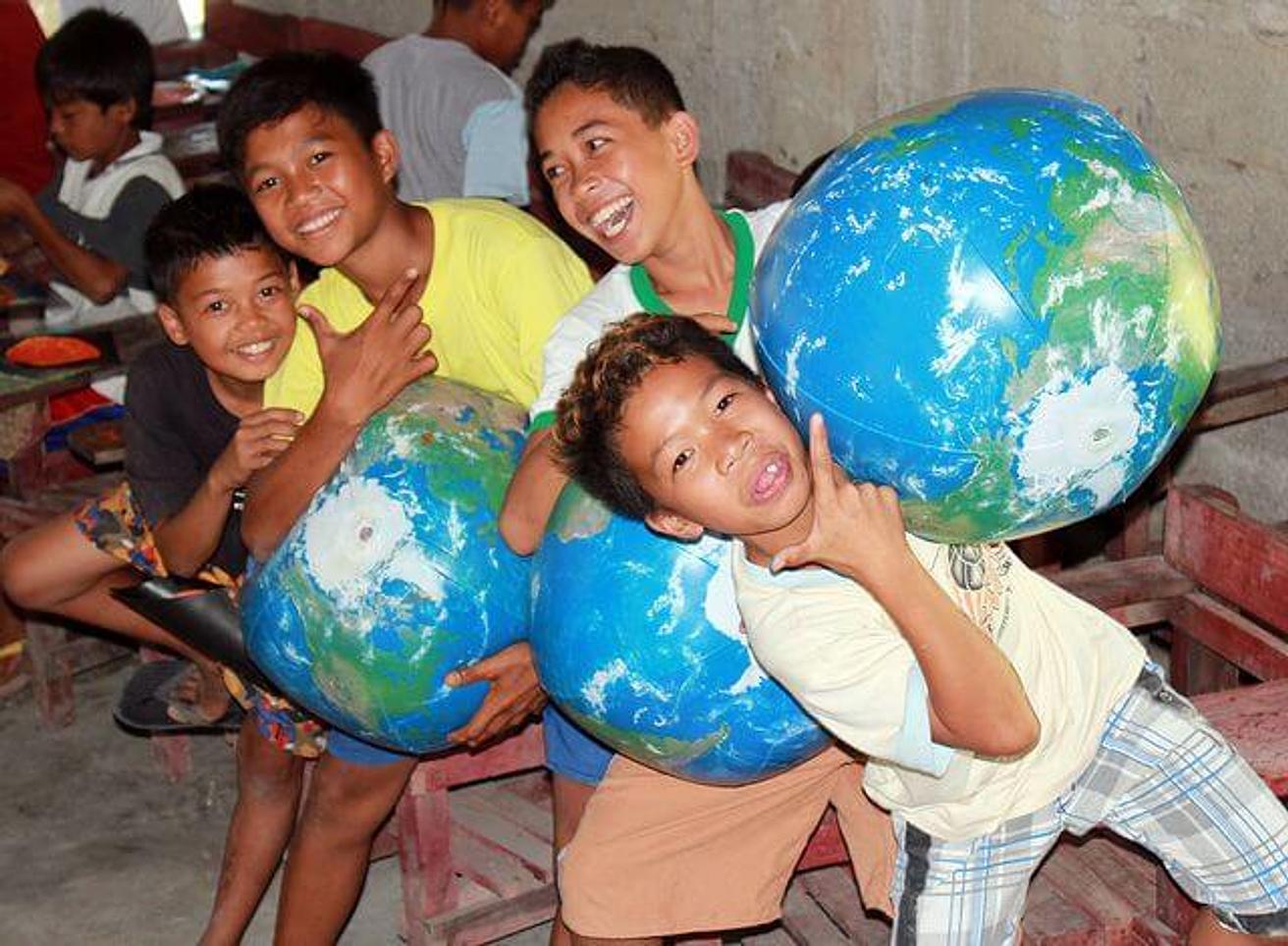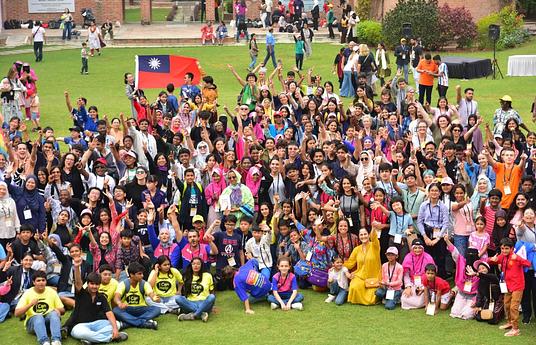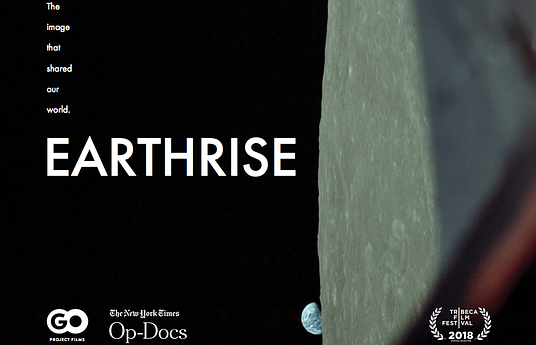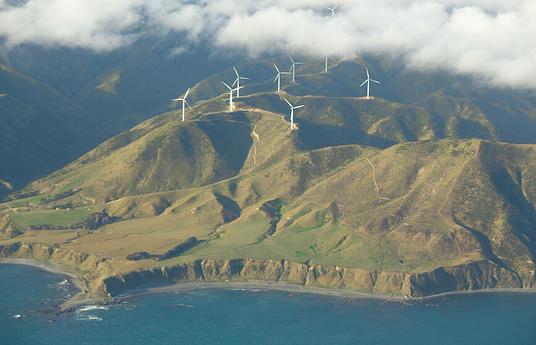Described as the largest civic-focused day of action in the world, Earth Day brings together over 1 billion people from 192 countries to take actions big and small that will help protect the natural world. This year's theme is reducing plastic pollution.
Plastic pollution has been at the forefront of public consciousness for a while now, but in recent months the problem and the solutions litter the news and social media daily. Now, everywhere we look there’s beach cleans, supermarkets cutting down on needless packaging and people sipping from reusable cups. Plastic pollution is a crisis of epic proportions and is now threatening the survival of our planet and almost everything that lives on it, including us. So what can be done? As always, it comes down to education. David Attenborough’s recent Blue Planet episodes educated the British public on plastic waste and this acted as a catalyst for citizens to fight for environmental protection. But you don’t have to be a celebrity to create change. Educators have the potential to inspire a whole generation of change makers.
To inspire kids to care about the environment, one of the very first things we should think of is connecting them to it. Jacques Cousteau, oceanographer and conservationist, famously said that “People protect what they love”. But how can you love something that you have no relationship to? Educators can help to make the environment a significant part of a child’s everyday experience, so that they don’t distinguish between themselves and the natural world, but rather see themselves as part of it. “If we want healthy, functioning children who understand the value and importance of the outdoor environment, we need to create opportunities for them to experience it every day”, explained Joan Radojkovich, Lakeside Campus Principal at Canadian International School in Singapore - the home of the Outdoor Discovery Centre.
Made from entirely natural materials and on the site of a converted playing field, sits the Outdoor Discovery Centre - 15 outdoor classrooms where children can explore, learn and grow with the natural world. The rich outdoor environment provides endless learning opportunities, including growing food, experimenting with alternative sources of energy and composting. The gardens also provide opportunities for school-wide learning projects and connections to the local community. Children are involved in the plants' and vegetables’ growth from beginning to end, while trees and flowers encourage butterflies, bees and other insects, allowing for lots of hands-on scientific discussion and discovery.

As well as connecting children to nature, educators can help connect them to others around the world. How did plastic pollution become such a big issue? One likely cause is the idea that it’s someone else’s problem, out of sight out of mind, so we just throw it ‘away’. But on a planet where everything is interconnected, there is no such thing as ‘away’. How can we connect the dots? Sometimes, zooming out helps us to see more clearly.
Rachel Carson, a marine biologist and conservationist credited with advancing the global environmental movement in the sixties, said "The more clearly we focus our attention on the wonders and realities of the universe about us, the less taste we shall have for destruction." Universe Awareness is a unique and beautiful learning tool to help children understand their place within a vast universe. Considering the vastness and beauty of the Universe and our place within it provides a special perspective that can help broaden the mind and stimulate a sense of global citizenship and shared humanity.
As well as zooming out, we can also zoom in to focus on the lives of real people affected by pollution and a changing climate. Individual stories have always had the power to leave indelible marks on our conscience and are often more thought provoking and emotive than mere facts and figures. Videos, stories and photo essays can really help bring the injustice to life and spurn children to learn more and act upon the information, too. Global Oneness Project’s Climate Change Collection is an ideal place to start, as each resource comes complete with a lesson plan to make it as easy as possible to get started. Educators should also check out Global Oneness Project’s new documentary ‘Earthrise’, premiering on Earth Day, in which the Apollo 8 astronauts reflect on their experience of capturing the first image of Earth from Space back in 1968, an image that played a part in kickstarting the environmental movement and helped humanity to see our Earth as one ecosystem.
It’s crucial to connect children to nature and help them understand how to live sustainably. But, it doesn’t end at knowledge. Learners must also have opportunities to put their awareness and understanding into action. Design for Change empowers students to be socially aware and proactive change agents in their community. Learners take on a project using a four-step Feel, Imagine, Do, Share process, which leads students to understand situations empathetically, imagine creative solutions and work collaboratively to put those solutions into action. Projects can tackle any kind of local issue. Design for Change is completely decentralised – the ideas for projects come from the schools and communities themselves, so any school around the world can adopt the key principles to suit their unique context and particular needs.
There are countless examples of learners using the Design for Change approach to tackle local environmental issues. For example in 2013, a group of students in Greater Lynn, Massachusetts, were concerned by the scale of the litter problem in their community. They organised and promoted a Young Environmental Leaders awareness programme, became role models of change, mobilised volunteers and even worked with the city hall to effect change in their community. The result? Streets that were once littered with plastic bottles now reflect a more positive attitude to the community environment.
It’s easy to be overwhelmed by a problem on this scale and this can cause us to turn to denial or apathy. Someone else’s problem, someone else will fix it. But as millions of citizens on this planet are proving, change begins at the grassroots level. That means educating children about the environment and plastics is more than worthwhile. In fact, it’s vital.
Earth Day is Sunday April 22nd, 2018. If you're inspired to take action, you can find more information about Earth Day here.



